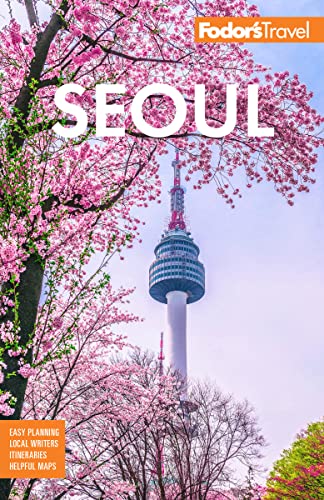The DMZ (Demilitarized Zone)
This 2.5-mile strip of land separating North and South Korea is a strange mix of tension and serenity. The world's most heavily armed border, it also contains some of the most diverse ecosystems in East Asia. Most tours of the area focus on the decades-long military standoff, taking visitors through Camp Bonifas and into the Panmunjeon, the Joint Security Area where North and South Korean officials meet. One of the most impressive sights on the standard tours is the 3rd Tunnel. Discovered in 1978, the tunnel lies 240 ft below ground and is big enough for 30,000 troops to pass though every hour. Although the North originally denied building it, most observers agreed it was a possible route to invade Seoul, only 27 miles away.
For those more interested in natural beauty than history, the DMZ and surrounding area is home to 54 endangered species, including the majestic red-crowned crane. Though there are few eco-tours that actually enter the DMZ, the area along its southern border is a stunning array of natural features and a window into what the world without people would look like.
Tours
The USO offers tours of the DMZ for $77, but all tours must be booked at least two days in advance. Visitors are required to bring a passport and follow dress and photography restrictions.
Contract
USO Tours. 020/795–3028; www.uso.org.korea.
For hiking and eco tours, contact the Korean Tourist Organization or get the Road to Peace and Life: The DMZ Tour Course Guidebook from any tourist office.
Contract
Korean Tourist Organization. www.visitkorea.or.kr.




